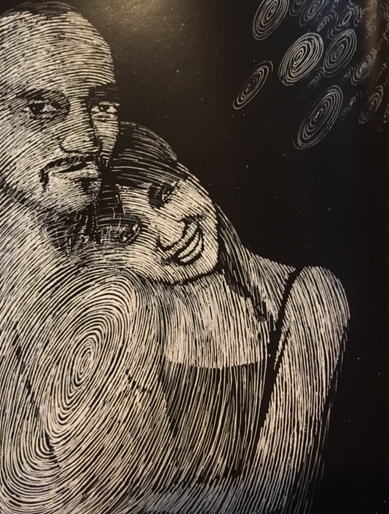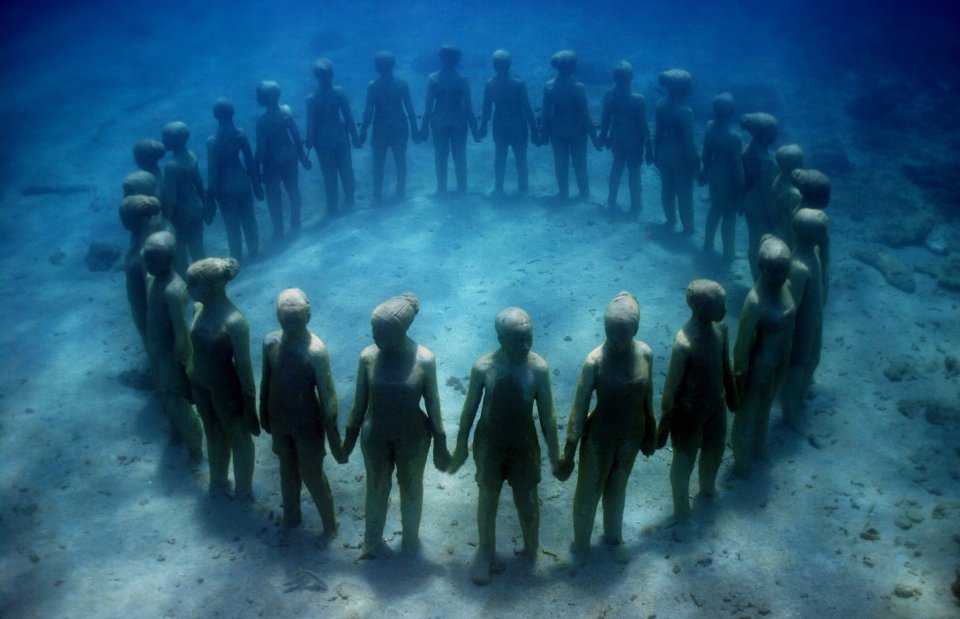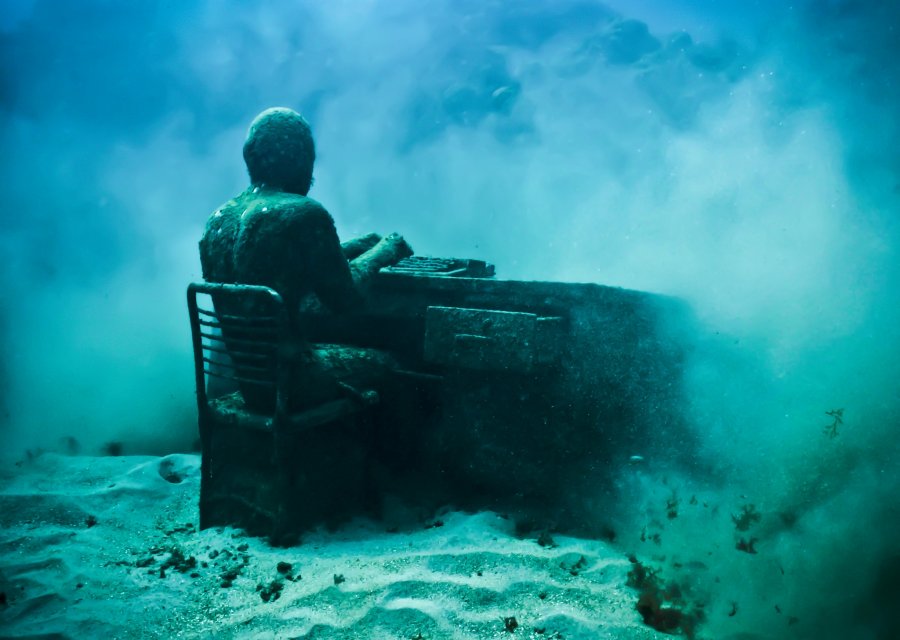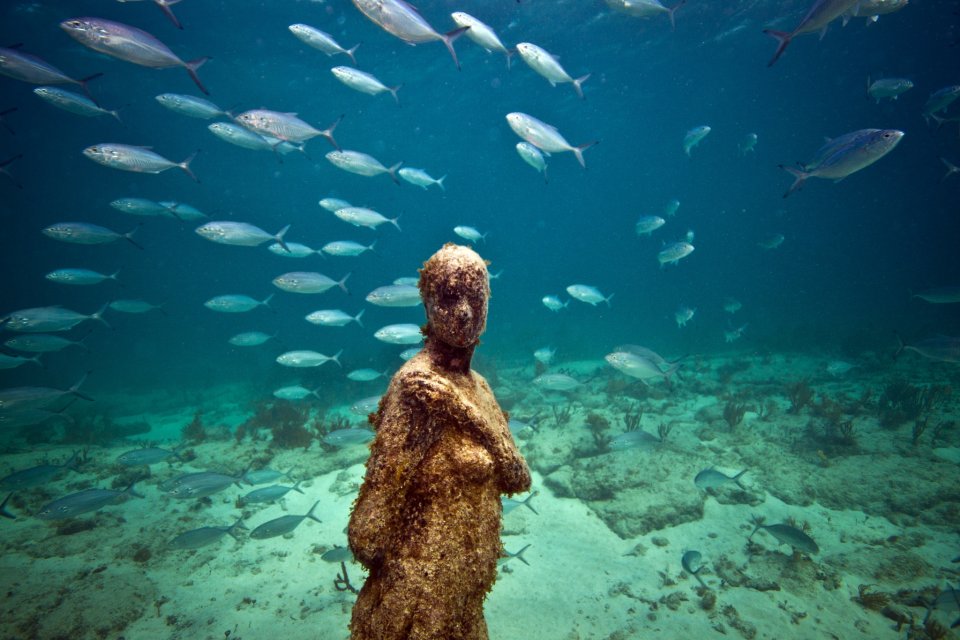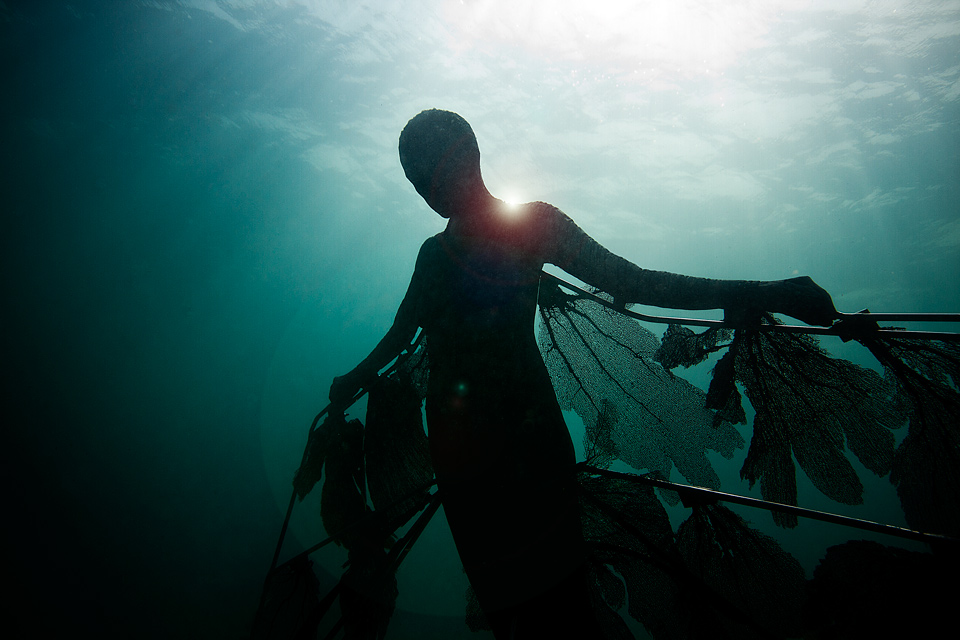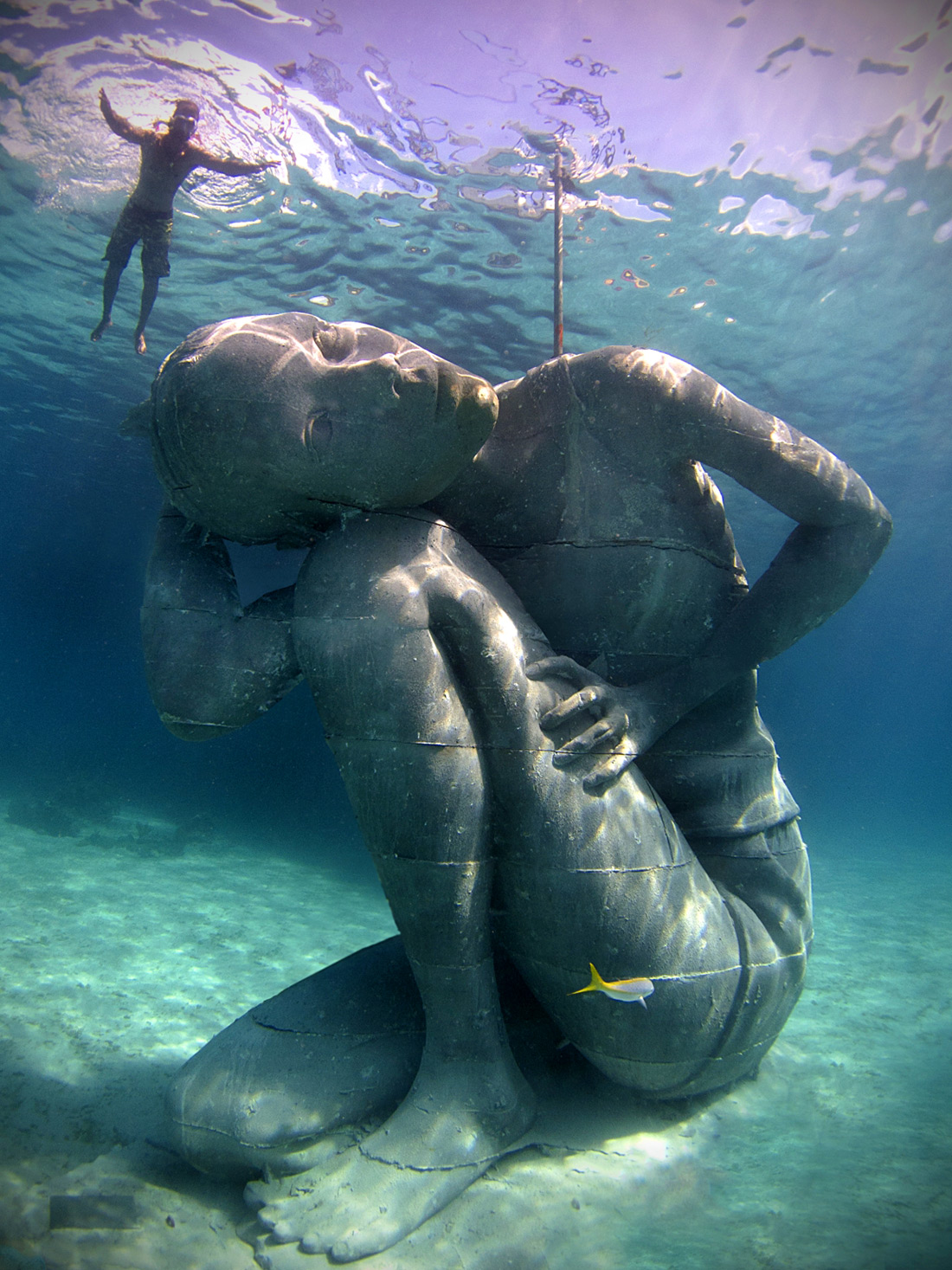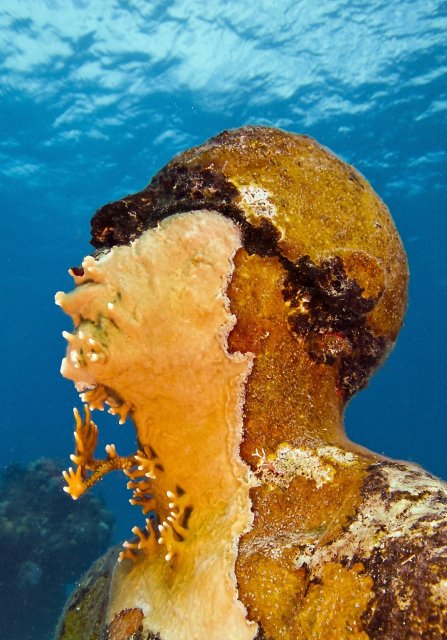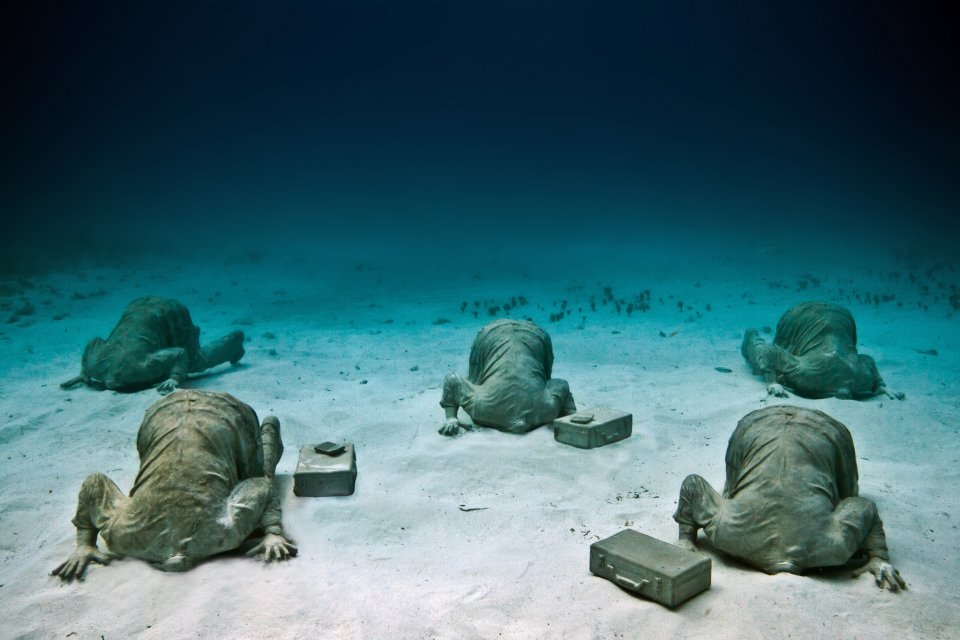Think contemporary art and this small corner of South-East Asia is not the first place that springs to mind. But a casual flick through Vietnam Eye – part catalogue, more book – will have you turning to the East and booking your flights in no time. Over the past few years there has been growing interest and anticipation around a groundswell of new talent, whose work is both visually striking yet deeply thoughtful and frequently provocative. The breadth of styles, often produced by one artist, is also really impressive.
But why now? And how did this happen? Editor Serenella Ciclitira, who founded the Global Eye Programme with husband David, gives important context in the introduction. "Reforms that took place thirty years ago in art education [known as "Doi Moi' or "open door"] have borne fruit, with a new generation who have been able to combine local concerns with a sophisticated awareness of international contemporary art. The growth of an international Vietnamese diaspora also meant that a number of artists, such as DInh Q Le, grew up with both a global and a Vietnamese sensibility."
At its best, art is fascinating because it can reflect what's going on in a place and time, but also in the artist himself/herself. Surveying inner and outer worlds and pondering a compelling tension between the two. A country like Vietnam has gone through so much change over the past century, the effects of which are still contemplated to this day as Nguyen Quan explains in his essay.
"Pre-war artists were romanticists always in search of poetic and lovely objects. Resistance/war patriotic artists used their tools to look for realities and truths that were 'presumptively established' by the then ideological system. Doi Moi artists, instead, only embrace the quest for their own identity. Asking themselves the most important of all questions , 'Who am I?', they were able to resurrect the original and universal core of artistic creation. After the year 2000, this 'modern-style' confidence, arrogance even, was further backed by their willingness to provoke and challenge anyone to defined anything that was contemporary art-related."
A combination of international patronage, the burgeoning digital economy, restless ambition and pockets of healthy resistance have conspired to create a scene that is so hard to pin down. Here are a few favourites from the 75 artists included in the book. Many of these people will be part of a huge showcase exhibition that opens at the Saatchi Gallery this September.



